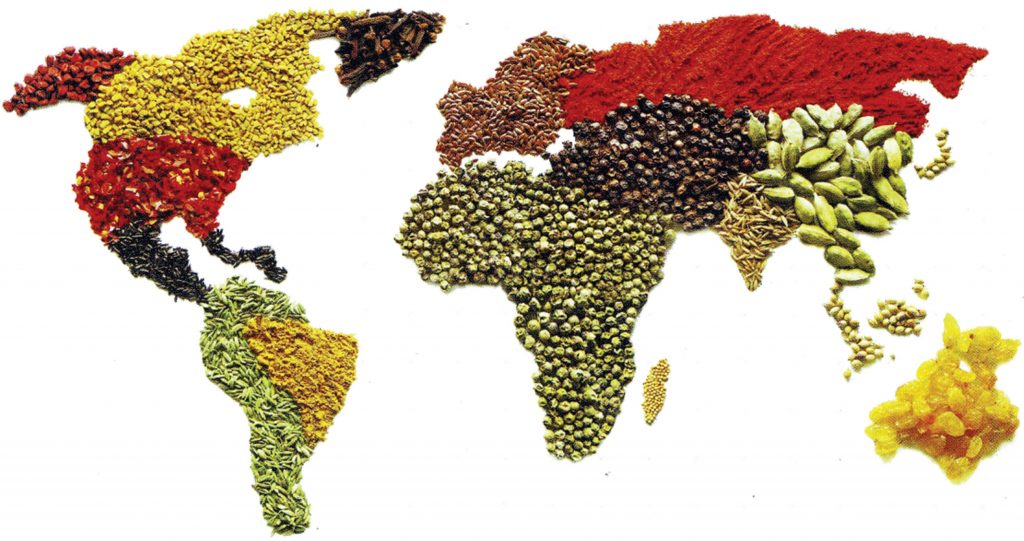Leveraging Taste Trends for Innovation
By carefully analyzing the latest Flavor Innovation Maps and understanding the underlying consumer motivations, food and beverage businesses can develop innovative products and concepts that resonate with their target audience. Table 1 describes the key trends in flavors and fragrances that attracts global people. There are numerous categories that range from global inspiration to Nostalgic flavors and from botanicals to time-honored flavors. For more culinary pairing in combination with American and Mexican dish, the Table 2 can provide the necessary details.






